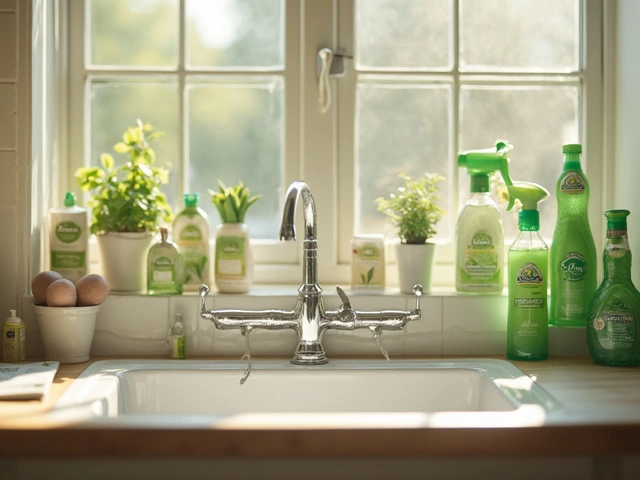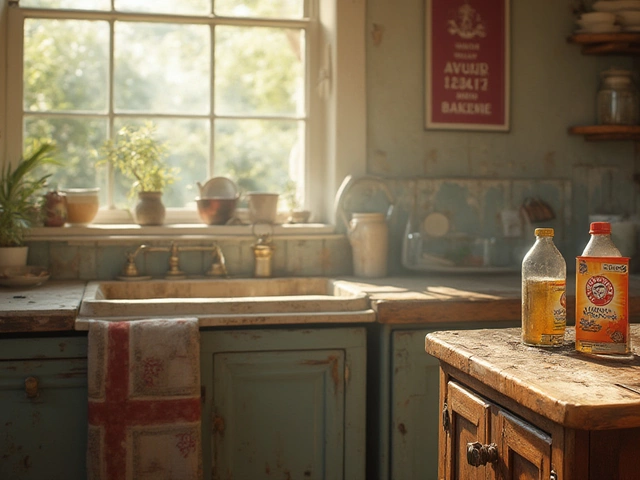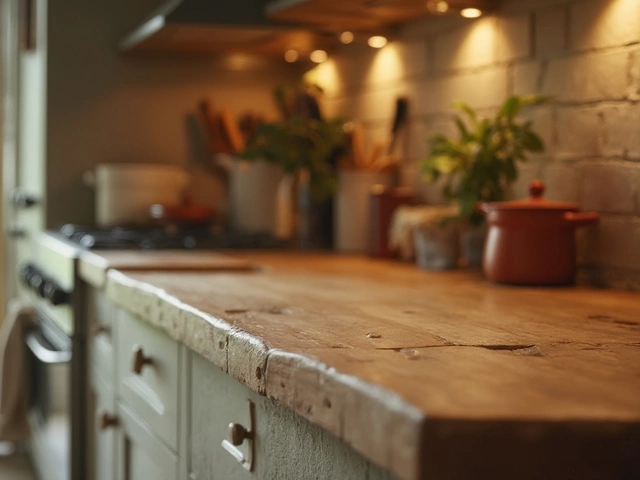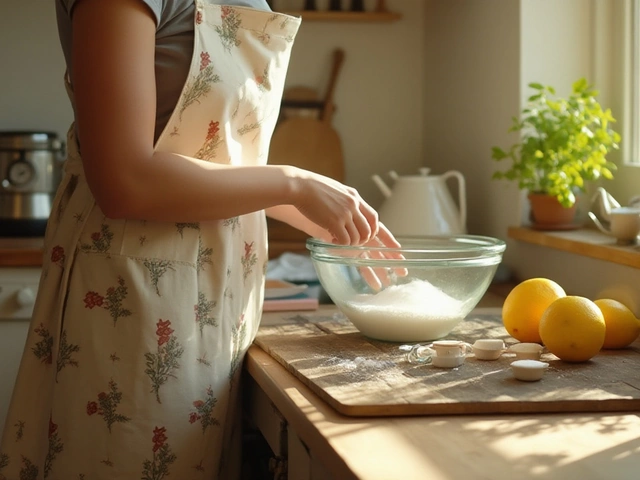Home Exterior Cleaning Guide
When tackling home exterior cleaning, the process of cleaning the outside parts of a house—walls, windows, roofs, patios, and any other exposed surfaces—to keep the property looking fresh and protect it from weather damage. Also known as outside house cleaning, it is a key part of regular property maintenance. home exterior cleaning isn’t just about making a house sparkle; it also extends the lifespan of paint, prevents mold growth, and preserves curb‑side value. This activity encompasses window cleaning, removing dirt, grime, and hard‑water stains from glass to improve visibility and appearance, and it requires pressure washing, using high‑pressure water jets to strip away built‑up grime, algae, and paint chips from surfaces like driveways and siding. The choice between pressure washing and its cousin power washing, which adds heated water to the mix for tougher, oil‑based stains often depends on material sensitivity and the type of residue. Another critical sub‑task is limescale removal, targeting mineral deposits that form on metal fixtures, gutters, and hard‑water‑exposed surfaces, which, if ignored, can cause corrosion over time. By understanding how these pieces fit together, homeowners can plan a systematic approach that saves time, money, and effort.
Key Areas of Home Exterior Cleaning
First, window cleaning sets the tone for a polished look. Simple solutions like vinegar‑water mixtures break down mineral spots, while a high‑quality squeegee prevents streaks. Pro‑level tips include cleaning on a cloudy day to avoid rapid drying and using a microfiber cloth for the final polish. Next, pressure washing tackles large, flat surfaces. The right pressure level—usually between 1500 and 3000 PSI for siding and 3000‑4000 PSI for concrete—gets rid of moss, algae, and old paint without damaging the substrate. When dealing with greasy driveways or oil‑stained garage floors, power washing adds heat to the water, dissolving stubborn particles that cold water can’t lift. For homeowners in hard‑water areas, regular limescale removal becomes essential. A diluted citric acid solution applied to metal trims and gutters dissolves calcium buildup, keeping water flow smooth and preventing rust. Each area benefits from specific tools: telescopic poles for high windows, rotating brush nozzles for uneven walls, and dedicated lime‑removing sprays for metal components. By matching the tool to the task, the overall cleaning process becomes faster, safer, and more effective.
Finally, the biggest win comes from creating a schedule that balances frequency and effort. Most experts recommend a quarterly sweep for windows, an annual deep pressure wash for exterior walls, a semi‑annual power wash for oil‑prone surfaces, and a bi‑annual limescale treatment for metal fixtures. This rhythm stops grime from building up beyond a manageable level, reduces the need for harsh chemicals, and keeps the home’s exterior looking like new year after year. In the list below you’ll find articles that break each of these topics down further—step‑by‑step DIY recipes, cost‑breakdowns for professional services, and safety tips you’ll want to keep handy. Dive in to discover practical advice that you can start using today.





